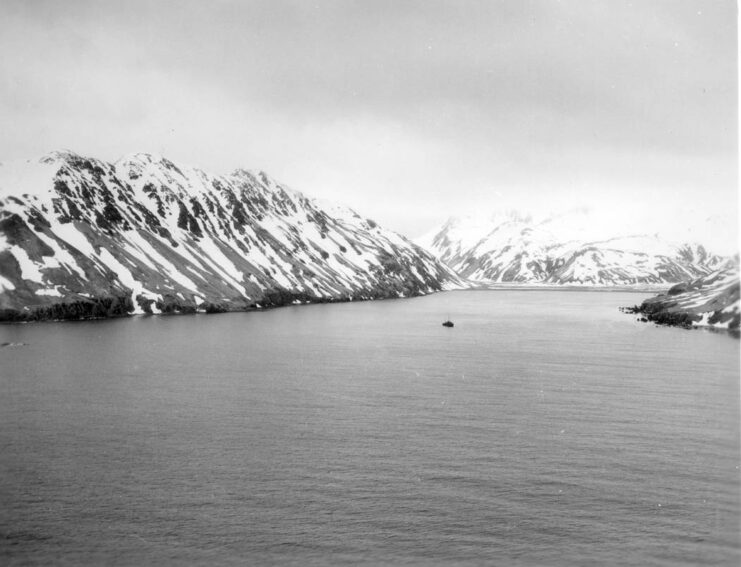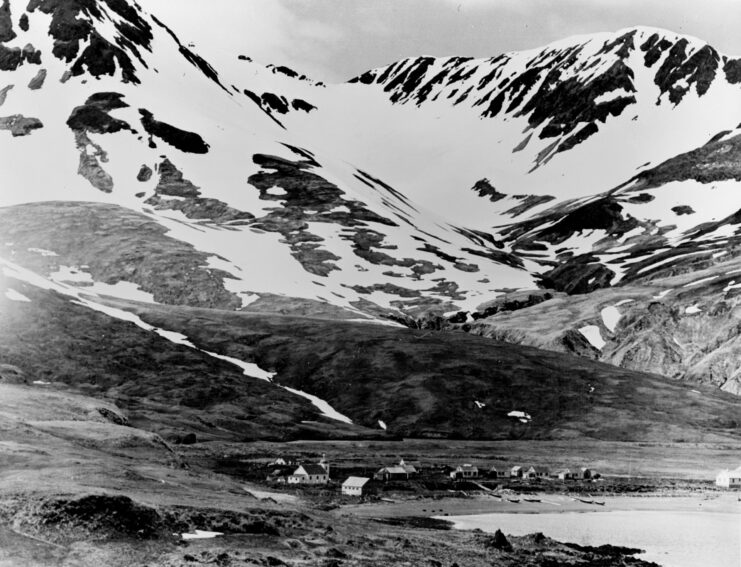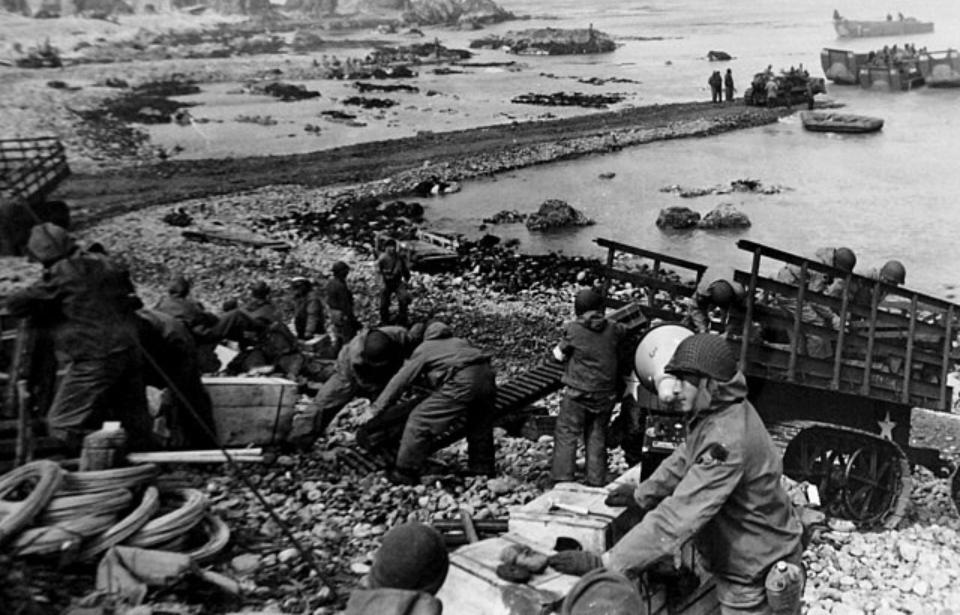Over 80 years after they were sunk, the only two Japanese ships believed to have been lost immediately off the coast of the United States during the Second World War have been found. The discoveries, made off the coast of Alaska, are a reminder of what’s now known as the “Lost Battle.”
Last week, researchers departed Adak, Alaska, westbound for Attu, to find archaeological evidence of 3,000 years of documented human occupation, remains from the only WWII battle fought in North America, and to learn from Attu’s rich marine ecology.
More: https://t.co/XzScbyU7vK pic.twitter.com/L8bLWVuQ3G— NOAA Ocean Exploration (@oceanexplorer) July 27, 2024
During an underwater archaeological investigation off Attu Island from July 17-27, 2024, a team, led by Dominic Bush of Ships of Discovery, Inc., came across the wrecks of Cheribon Maru and Kotohira Maru.
Kotohira Maru, which was sunk by a US Navy weather plane on January 5, 1943, was a 5,000-ton freighter transporting supplies to Japanese troops stationed on Attu. The ship was discovered “fairly intact” some 300 feet in the water, just over half a mile from her last reported position.
“The Kotohira Maru is a mass grave and when you see it on the seafloor, it’s moving,” Bush told McClatchy News. “Reports say it was hit twice and the bow was broken off, and that’s what we found.”
Cheribon Maru was found in much worse condition. Covered in kelp, the 3,000-ton freighter was taken out by American bomber aircraft on Thanksgiving Day 1942.

The Aleutian Islands Campaign is the least studied engagement of the Second World War, despite being the only instance of combat on North American soil during the conflict.
Following an attack on Dutch Harbor in 1942, the Japanese captured Attu, leading to months of American air raids on the island. In May 1943, the US Army staged an amphibious assault on the island. They came out victorious after weeks of fighting, allowing them to set up a military outpost on Attu.
As a press release issued by East Carolina University states, “The battle was the climax of Attu’s wartime history, which included the imprisonment of the indigenous Saskinax̂ people and months of aerial harassment by U.S. forces before the battle.”
The only 2 Japanese ships sunk directly off US coast in WWII have been found, team says https://t.co/m6lLZMuMG9
— The Sacramento Bee (@sacbee_news) July 31, 2024
The expedition, which included archaeologists, robotic engineers and hydrographers from the United States and Japan, used a variety of equipment to map the seafloor, including synthetic aperture sonar, a remotely operated vehicle (ROV) and acoustic imaging technology. A total of three wrecks were discovered via these means, two of which were the aforementioned Japanese vessels.
The third was the SS Dellwood, a US Army cable layer that was damaged after hitting a submerged pinnacle. She sank while being towed to a nearby dock and was subsequently blown up after being deemed a navigational hazard.
Along with the shipwrecks, the research team located a variety of World War II-era artifacts on the seafloor, “including dozens of anchors, chains, mooring blocks and sunken buoys, as well as examples of materials used in base construction.” Anti-submarine netting was also found.
“Overall, the project marks the beginning of what is sure to be an increased focus on the oft-forgotten Aleutian Island campaign and by extension Alaska’s World War II history,” Jason Raupp of East Carolina University said in the media release.

More from us: World’s Only Running Tiger I to Make Final Appearance of 2024 at Tiger Day Autumn
Want to become a trivia master? Sign up for our War History Fact of the Day newsletter!
The expedition was funded through grants from the National Oceanic Atmospheric Administration’s (NOAA) Ocean Exploration Program and the National Park Service’s (NPS) American Battlefield Protection Program.
